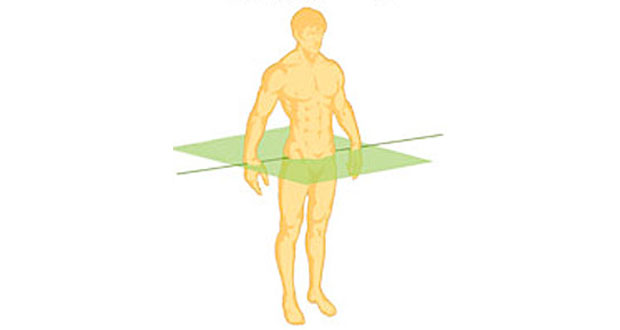Define homeostasis
Maintaining balance or equilibrium
The name of the pathway food takes throughout the body is called
The alimentary canal
The cells that build bone are called?
Osteoblasts
What is a nervous system cell called
Neuron
Smooth, cardiac, Skeletal
The heart has 4 chambers what are they
Right and Left atrium
Right and left ventricle
What is the endocrine system responsible for?
Hormones
Give a definition and example of a negative feedback loop in the body
1. Sweating to release heat
2. Insulin release to lower blood sugar
Define: the body processes bring the body back to homeostasis
The other organs that help with the breakdown of food are called
Accessory organs
The cells that breakdown bone matrix are called
Osteoclasts
How do cells of the nervous system communicate with each other
electrochemical signals
4 functions of skeletal muscle
Produce heat
posture
Movement
Protection
Where does the right atrium receive blood from
The body via the inferior and superior vena cava
The main organ of the urinary system is
the kidneys
Give a definition and example of a positive feedback loop in the body
1. During birth the pressure placed on the cervix creates further muscle contraction resulting in more pressure
2. Blood clotting
Define: Body processes move further from homeostasis
The physical breakdown of food into smaller pieces is called
mechanical digestion
How long does a typical (simple) fracture take to heal from bone remodeling
4-8 weeks
Identify this lobe of the brain involved in judgment, decision making, and memory
Frontal lobe
What are the two filaments in muscle tissue and how can you differentiate them
Myosin- thick
Actin-Thin
Where does the right ventricle pump blood to
The lungs
How did skin color change/evolve based on latitude
Closer to the equator results in darker skin color to precast against UV radiation and keep Folate production.
At higher latitudes the skin color must become lighter to allow for proper Vitamin D absorption
Identify this plane
transverse plane
The breakdown of food into more digestible components usually through enzymes is called
Chemical Digestion
Identify this bone
:background_color(FFFFFF):format(jpeg)/images/article/en/femur/pjmgpEEXE96XFwt67sKD2A_femur.png)
Femur
Explain the neuron at a resting state
1. salty banana (sodium on the outside potassium on the inside
The four steps of cellular respiration to make ATP
Glycolysis
Pyruvate oxidation
Kreb's Cycle
Electron Transport Chain
Differentiate between veins and arteries
Veins: Bring blood back to the heart
Arteries: bring blood from the heart
Describe an example of the innate defenses of the immune system
nose hairs, macrophages, natural Killer Cells
- they are not specific to any type of pathogen
the 10-11 body systems
Digestive, Muscular, Skeletal, nervous, cardiovascular (circulatory), integumentary, endocrine, urinary (excretory), reproductive, respiratory, immune,
Identify the 4 macronutrients and 2 micronutrient categories we discussed previously
Macro: Water, Carbohydrates, Lipids, Proteins
Micro: Vitamins and Minerals
This type of fracture is common in children. Similar to a young tree when the bone bends there is splintering on one side
Greenstick Fracture
Explain the basic steps of action potential (4-5 steps)
1. Salty Banana (NA inside K outside) (negative charge)
2. Sodium enters raising the charge
3. potassium leaves the cell
4. sodium potassium pump exchanges neurons
5. signal arrives at the synapse where neurotransmitters continue the message to the next neuron
Identify this muscle:
:background_color(FFFFFF):format(jpeg)/images/library/14480/biceps_intro.png)
Biceps Brachii
The place where oxygen exchange happens in blood vessels are called
Capillaries
Describe how the lungs work
Diaphragm contracts expanding the lung chamber creating a vacuum which forces air in. Oxygen fills the lungs and gas exchange occurs in the capillaries on the alveoli. When the diaphragm relaxes the space inside the lungs decrease and force the carbon dioxide out.